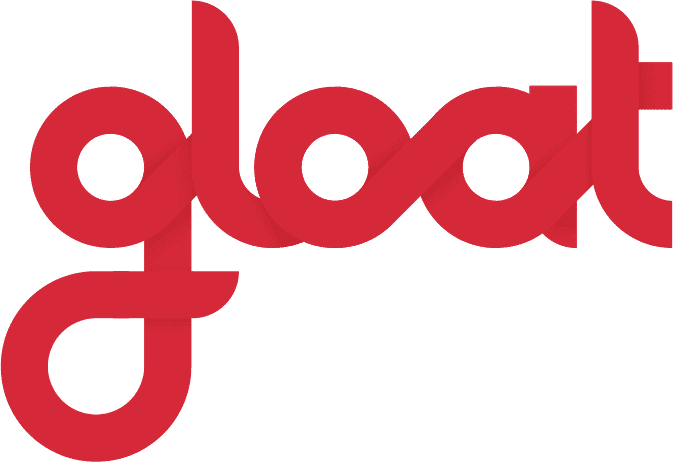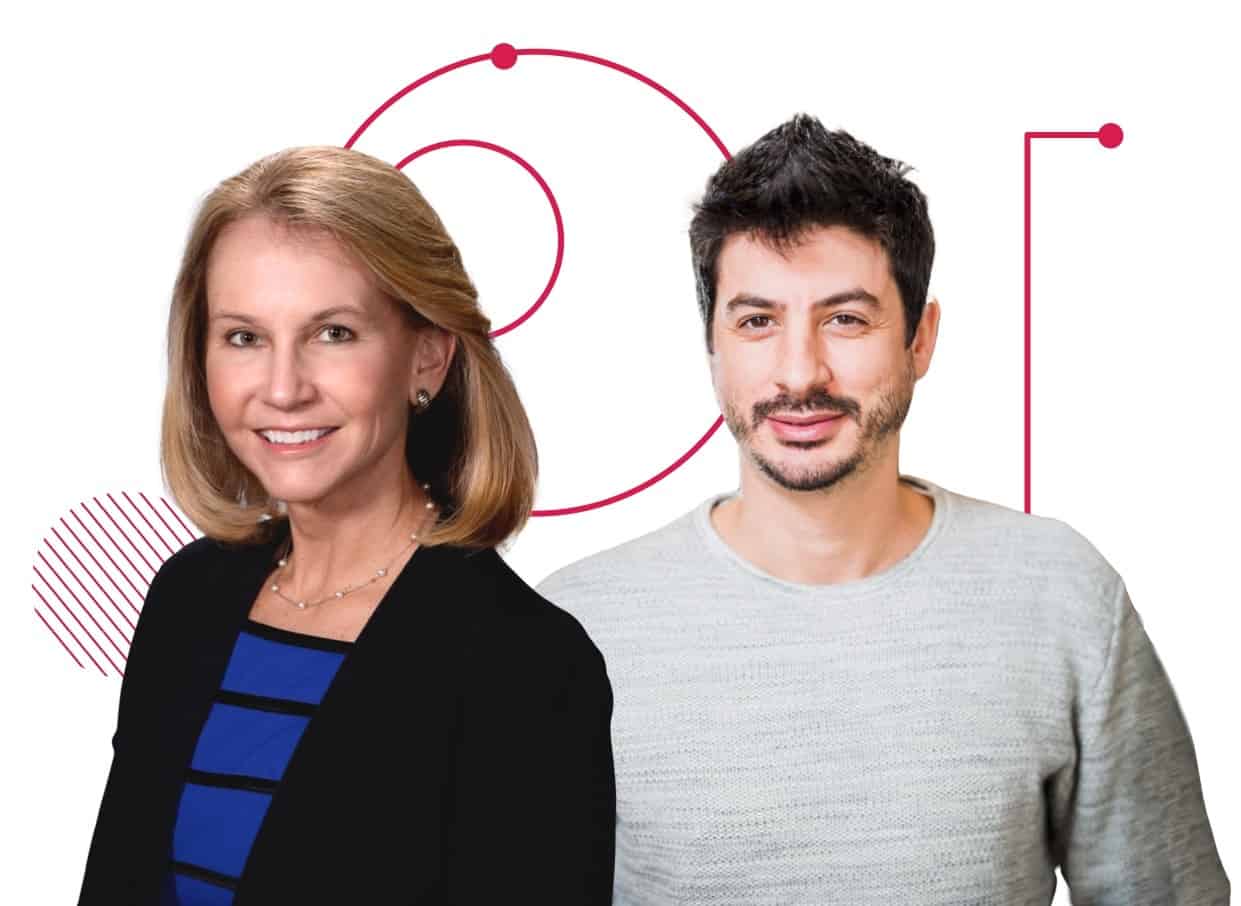4 steps HR leaders can take to promote organizational agility
Discover the secrets you need to outpace the competition

When it comes to business priorities for 2023, agility sits at the top of most executives’ agendas. According to a recent IBM study, more than half of CEOs emphasize the need to aggressively pursue operational agility and flexibility over the next two to three years.
The same survey revealed that technology is expected to have the biggest business impact over the next few years as we become a more interconnected world. CEOs are looking to connected devices, cloud computing, and the rise of artificial intelligence as a means to unlock agility and empower their workforces to achieve unprecedented results.
While most leaders agree about the importance of technological innovation, there’s still a lot of uncertainty about which tools will be crucial for fueling more dynamic ways of working. Fortunately, a handful of trailblazing businesses are already harnessing next-generation digital solutions to maximize organizational agility—and there’s a lot that leaders can learn from their best practices.
What is organizational agility?
The word agile gets used in many different contexts, but it has a specific meaning for work and workplaces. Organizations can only be considered agile when their structures allow for more dynamic and fluid ways of working. Organizational agility describes a company’s ability to shift priorities or adjust operational procedures to better match the realities and circumstances at hand.
Organizational agility hinges on a business’s ability to offer its workforce transparency into all of the opportunities it has to offer, while managers must be empowered to tap into talent across the enterprise. This type of free-flowing exchange of talent requires both next-generation technology and careful workforce planning, as leaders must anticipate future skill needs and lay the groundwork for upskilling and reskilling.
Why is organizational agility so important right now?
Unlocking agility wasn’t always at the top of the C-suite’s priority list. But current circumstances have turned it into a non-negotiable trait for any company that’s looking to thrive during the decade of disruption.
As talent shortages shift the focus onto internal skills and mobility, many leaders are left to wonder how they’ll meet emerging demands. Only one-third of employers believe their company possesses the skills needed to advance their business strategies over the next 1-3 years.
Unlike their competitors who rely on rigid hierarchies, agile organizations don’t sit back and let knowledge gaps widen. Instead, these dynamic businesses create a full picture of their workforce’s capabilities so that talent can be redeployed efficiently as new priorities emerge. They also prioritize internal mobility, enabling their workforce to continuously build new skills by tackling cross-functional projects and collaborating with colleagues outside of their direct teams.
4 best practices to unlock organizational agility
While many organizations are now looking to unlock agility, only a small subset of businesses are actively embracing more dynamic ways of working. There are several lessons that HR leaders can learn from these trailblazing companies to turn organizational agility into a reality.
#1. Take a skills-based approach
Skills are the backbone of every agile organization. Businesses that embrace skills-based strategies are inherently more agile because these companies break down work into tasks—rather than jobs—and match employees to projects based on the skills they have and the knowledge they wish to acquire.
To become a skills-based organization, leading companies are harnessing workforce agility platforms to provide employees with full visibility into the learning opportunities their organization has to offer. These platforms include Workforce Intelligence, which equips leaders with a comprehensive understanding of the skills their business has and the knowledge gaps that are emerging, as well as a talent marketplace to match employees to relevant development opportunities.
Embracing a skills-based approach underpinned by a workforce agility platform has undeniably paid off for the pharmaceutical leader Novartis, which unlocked nearly 60,000 hours of capacity. As their Head of Strategic Workforce Planning, Rene Gessenich, explains, “When you think about organizational agility or really think about how to find the right kind of skills for a particular task or project, the talent marketplace is at the heart of matching these two pieces at scale.”
#2. Put employees in the driver’s seat
Strict job structures and rigid hierarchies have no place in an agile organization. Instead of expecting people to adhere to stringent guidelines, employees at agile organizations are empowered to challenge the status quo.
Workers at dynamic companies are placed at the helm of their career development. They are encouraged to make their own decisions about which learning and training opportunities they would like to pursue, based on both organizational priorities and individual goals and interests.
When Schneider Electric decided to embrace internal mobility and prioritize employee-led career development, the organization unlocked more than 200,000 hours of capacity and generated savings of more than $15,000,000. “I like to think of it as the undercover boss approach,” Jean Pelletier, VP of Digital Talent Transformation at Schneider Electric, explains. “Now people are creative, they are on the front lines, and we’re moving super fast. So they need to be able to make decisions on their own.”
#3. Cultivate a culture of inclusivity
At agile organizations, all employees gain access to the same breadth of skill-building activities and development opportunities. In contrast, traditional workplaces often fail to create a level playing field because access to opportunities depends on external factors like who an employee knows or where they went to school.
When businesses remove biases and barriers from the equation, every team member is empowered to apply for opportunities across the organization. In turn, managers can tap into qualified talent whose experience and expertise may have once gone unnoticed, as Seagate’s Global Head of Talent Marketplace and Talent Acquisition Transformations describes.
“We only look at a job the way we know it, probably not as it should be. How do we reduce that bias? How do we bring this access to everybody in the organization and make our decisions as hiring managers more data-driven and more skills-driven? Those were some of the guiding stars that we had to get into something like a talent marketplace.” To date, her organization has saved more than $33,000,000 by reducing external hiring expenses and minimizing termination costs.
#4. Prioritize talent sharing, not hoarding
Rather than letting managers view talent as “theirs”, agile organizations encourage everyone to tap into the skills that their entire workforce has to offer. Traditional talent scarcity beliefs are replaced with talent sharing; the idea that employees’ skills should be put to use across the organization.
While abandoning talent hoarding is a major mindset shift for many managers, the rise in workforce agility platforms means that talent sharing no longer needs to feel like a leap of faith. The platforms match employees to projects, gigs, and even full-time roles based on their skills, interests, and the amount of capacity they have to offer.
Mastercard credits its workforce agility platform with a total savings of more than $21,000,000. As their Chief People Officer, Michael Fraccaro, explains, “Organizations in the past have been designed around their product or around a particular vertical. The more that we see that happening in our industries, the more that we see that it’s all cross-functional, and therefore the way we design organizations and jobs needs to change radically. If you don’t think differently about the way you reward people or how you get things done, it’s going to have an impact in terms of your delivery on your strategy.”
To learn more best practices for fueling dynamic ways of working, find out how a workforce agility platform helps businesses enhance agility and speed to market.




